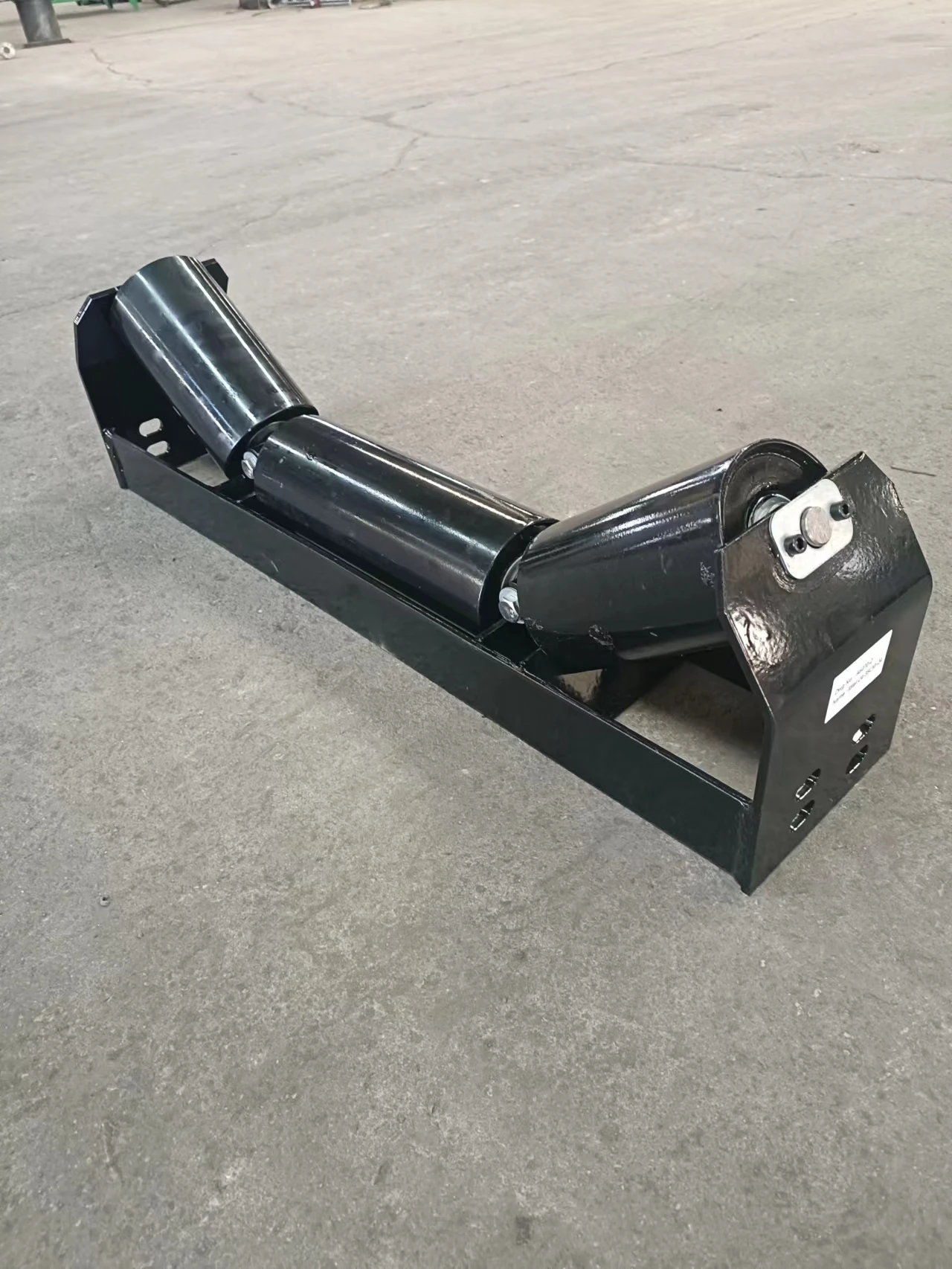 Afrikaans
Afrikaans  Albanian
Albanian  Amharic
Amharic  Arabic
Arabic  Armenian
Armenian  Azerbaijani
Azerbaijani  Basque
Basque  Belarusian
Belarusian  Bengali
Bengali  Bosnian
Bosnian  Bulgarian
Bulgarian  Catalan
Catalan  Cebuano
Cebuano  Corsican
Corsican  Croatian
Croatian  Czech
Czech  Danish
Danish  Dutch
Dutch  English
English  Esperanto
Esperanto  Estonian
Estonian  Finnish
Finnish  French
French  Frisian
Frisian  Galician
Galician  Georgian
Georgian  German
German  Greek
Greek  Gujarati
Gujarati  Haitian Creole
Haitian Creole  hausa
hausa  hawaiian
hawaiian  Hebrew
Hebrew  Hindi
Hindi  Miao
Miao  Hungarian
Hungarian  Icelandic
Icelandic  igbo
igbo  Indonesian
Indonesian  irish
irish  Italian
Italian  Japanese
Japanese  Javanese
Javanese  Kannada
Kannada  kazakh
kazakh  Khmer
Khmer  Rwandese
Rwandese  Korean
Korean  Kurdish
Kurdish  Kyrgyz
Kyrgyz  Lao
Lao  Latin
Latin  Latvian
Latvian  Lithuanian
Lithuanian  Luxembourgish
Luxembourgish  Macedonian
Macedonian  Malgashi
Malgashi  Malay
Malay  Malayalam
Malayalam  Maltese
Maltese  Maori
Maori  Marathi
Marathi  Mongolian
Mongolian  Myanmar
Myanmar  Nepali
Nepali  Norwegian
Norwegian  Norwegian
Norwegian  Occitan
Occitan  Pashto
Pashto  Persian
Persian  Polish
Polish  Portuguese
Portuguese  Punjabi
Punjabi  Romanian
Romanian  Russian
Russian  Samoan
Samoan  Scottish Gaelic
Scottish Gaelic  Serbian
Serbian  Sesotho
Sesotho  Shona
Shona  Sindhi
Sindhi  Sinhala
Sinhala  Slovak
Slovak  Slovenian
Slovenian  Somali
Somali  Spanish
Spanish  Sundanese
Sundanese  Swahili
Swahili  Swedish
Swedish  Tagalog
Tagalog  Tajik
Tajik  Tamil
Tamil  Tatar
Tatar  Telugu
Telugu  Thai
Thai  Turkish
Turkish  Turkmen
Turkmen  Ukrainian
Ukrainian  Urdu
Urdu  Uighur
Uighur  Uzbek
Uzbek  Vietnamese
Vietnamese  Welsh
Welsh  Bantu
Bantu  Yiddish
Yiddish  Yoruba
Yoruba  Zulu
Zulu drive shaft pulley
Understanding Drive Shaft Pulleys A Vital Component in Mechanical Systems
A drive shaft pulley is a crucial component in many mechanical systems, particularly in automotive and industrial applications. Its primary function is to transmit power and torque from one part of a machine to another, ensuring smooth operation and efficiency. This article delves into the significance, functionality, and types of drive shaft pulleys, providing a comprehensive overview of this essential mechanical element.
What is a Drive Shaft Pulley?
At its core, a drive shaft pulley is a circular component with a grooved surface designed to transfer rotational force through a belt or chain system. Typically made from durable materials like aluminum, steel, or plastic, these pulleys are engineered to withstand significant wear and tear, given their critical role in the movement of interconnected parts in a machine.
The Functionality of Drive Shaft Pulleys
The primary function of a drive shaft pulley is to facilitate the transfer of power from the engine or motor to the wheels or other operational components. In vehicles, for instance, the engine drives the crankshaft, which in turn drives the drive shaft pulley. The connected belt or chain then transfers this force to the wheels, enabling motion.
Drive shaft pulleys also play a pivotal role in determining the speed and torque of the output. By varying the size of the pulleys in a system, engineers can manipulate the speed at which a component operates. For instance, a smaller pulley will rotate faster than a larger one, while delivering less torque, thus allowing for fine-tuning of machine performance according to specific requirements.
Types of Drive Shaft Pulleys
Drive shaft pulleys come in various configurations, each suited for different applications
. Common types includedrive shaft pulley

1. V-Belt Pulleys These are the most widely used in automotive applications and are characterized by their V-shaped grooves. They are designed to grip the belt securely, ensuring efficient power transmission. Cars typically use V-belt pulleys to drive accessories like alternators and air conditioning compressors.
2. Timing Pulleys Found in more specialized applications, timing pulleys have teeth that mesh with the timing belt. This ensures precise synchronization between components, which is crucial in engine operations where timing is paramount.
3. Flat Pulleys Suitable for less demanding applications, flat pulleys are simpler in design and do not have grooves. They are often used in systems where slippage is not a critical issue.
4. Idler Pulleys These pulleys are not directly driven by a power source; instead, they guide and tension the belt to maintain the required tension in the system. Idler pulleys are essential in preventing belt slippage and ensuring efficient power transfer.
Importance of Maintenance
Like any mechanical component, drive shaft pulleys require regular maintenance to ensure longevity and efficiency. Over time, wear can lead to issues such as belt slippage or misalignment, which can compromise the performance of the entire system. Regular inspections, proper lubrication, and timely replacement of worn components can help maintain the optimal functionality of drive shaft pulleys.
Conclusion
Drive shaft pulleys are fundamental components in various mechanical systems, playing a critical role in the transmission of power and torque. Understanding their types, functionality, and importance in maintenance can help both enthusiasts and professionals optimize their use in various applications. As technology advances, the designs and materials used in drive shaft pulleys will likely continue to evolve, further enhancing their performance and reliability in the demanding environments in which they operate. This evolution reflects the ongoing need for efficiency and precision in mechanical engineering, ensuring that these components remain integral to the functionality of countless machines and vehicles.
-
Revolutionizing Conveyor Reliability with Advanced Rubber Lagging PulleysNewsJul.22,2025
-
Powering Precision and Durability with Expert Manufacturers of Conveyor ComponentsNewsJul.22,2025
-
Optimizing Conveyor Systems with Advanced Conveyor AccessoriesNewsJul.22,2025
-
Maximize Conveyor Efficiency with Quality Conveyor Idler PulleysNewsJul.22,2025
-
Future-Proof Your Conveyor System with High-Performance Polyurethane RollerNewsJul.22,2025
-
Driving Efficiency Forward with Quality Idlers and RollersNewsJul.22,2025





























